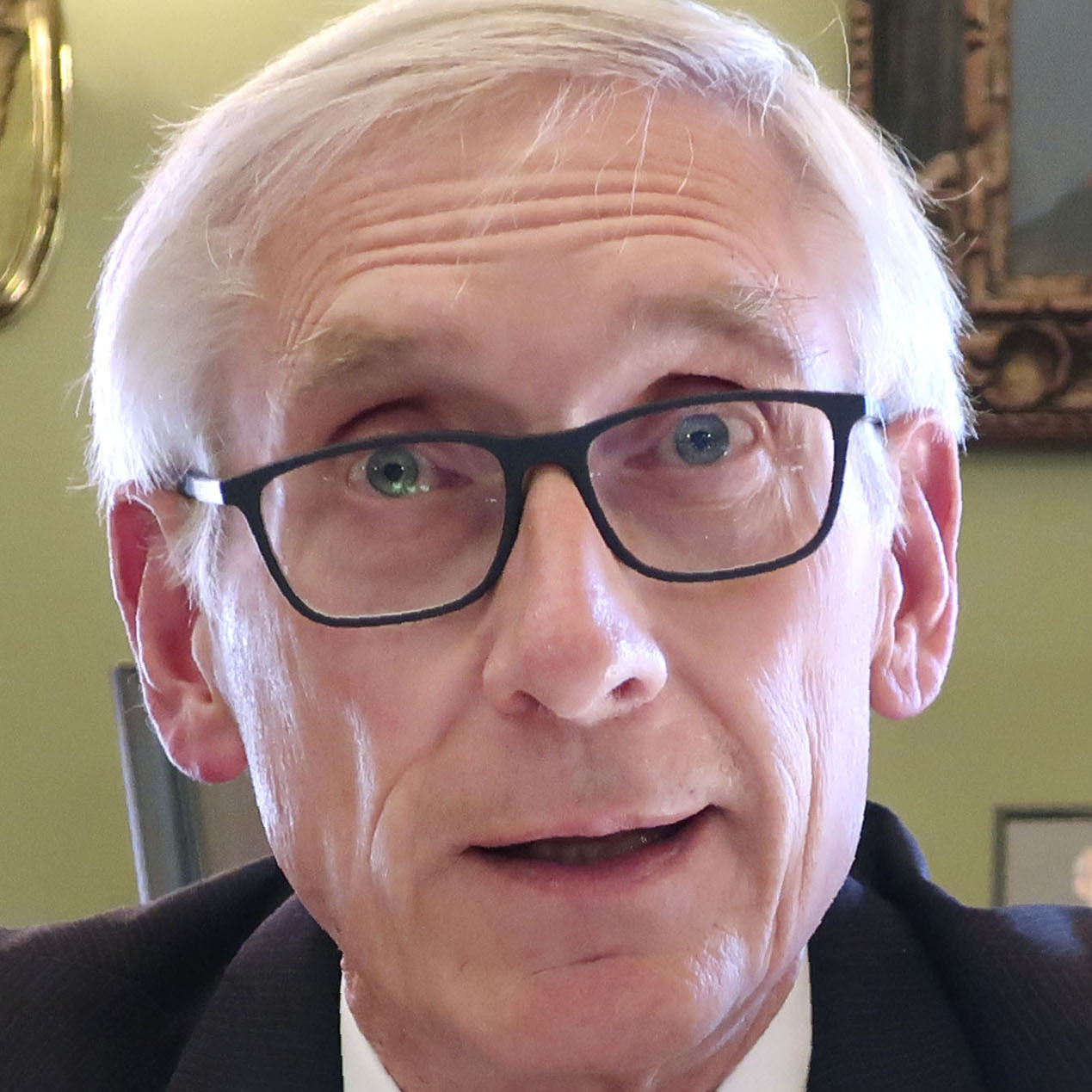Gov. Tony Evers' platform in the 2018 campaign included prioritizing lead testing across Wisconsin.
The emphasis came as the state — most notably Milwaukee — faced aging infrastructure that leaves children exposed to damaging lead. Wisconsin has more than 176,000 lead service lines that carry water to homes and more than 350,000 homes with lead paint hazards, according to the governor's office.
In Milwaukee, about 3,000 of the 25,000 children tested for lead each year have elevated levels, and a University of Wisconsin-Milwaukee study released in October 2019 found a connection between childhood lead exposure and gun violence in later years.
Evers' campaign pledge included four bullet points. Here's where they stand after the first of the two budgets Evers will present during this term:
Establish a comprehensive and permanent revolving loan program for lead pipe water service lines, lead-based internal plumbing and contaminated well replacements
Evers' budget proposed adding $40 million in bonding authority to the state safe drinking water loan program to allow private residents to fund lead remediation efforts on private property. This would have expanded the scope of the program that previously only provided funds for municipalities to address lead. The Republican Legislature deleted this from the budget.
Allow school districts and villages, cities, towns and counties to exceed levy limits to replace lead pipe water service lines
Evers' budget included a narrower proposal to allow only school districts to increase the amount of taxes they levy to make up for debt service or direct costs for testing and addressing lead contamination. The Republican Legislature deleted this from the budget.
Create a thorough academic and behavioral intervention program for children with elevated blood lead levels
Evers' budget did not include a proposal in this vein.
Allow individuals to claim the Historic Preservation Tax Credit for 25% of costs incurred to remove and replace windows in a historic property to remediate a lead hazard
Evers' budget did not include a proposal in this vein.
But Evers has taken other steps to address lead outside the scope of those four areas.
His budget proposed $36 million in state and federal funds for lead abatement in certain homes, grants for abatement training, public health outreach and state staff to focus on the issue. The Republican Legislature reduced the number and scope, but $14 million was still approved to fund lead abatement in homes occupied by low-income children and pregnant women eligible for government assistance. The final budget also authorized the state to award grants for residential lead abatement.
In a separate move in July 2019, Evers created a lead pollution czar by executive order, tasking that position within the state Department of Health Services with coordinating efforts to reduce exposure from paint, pipes and other sources.
So Evers' budget proposed only two of the four pledges he made on lead, and both of those were stripped out by Republican legislators. Evers did not address either issue with his veto power. But Evers has taken other substantive steps to address the lead contamination issue.
We rated this promise In the Works in 2019.
In 2022, Department of Health Services received just over $8 million in the state budget to expand the Lead-Safe Homes Program. Moving this issue to Promise Kept.


